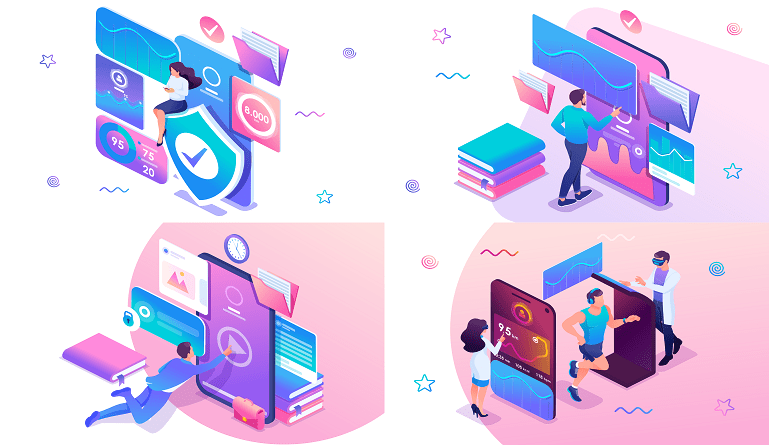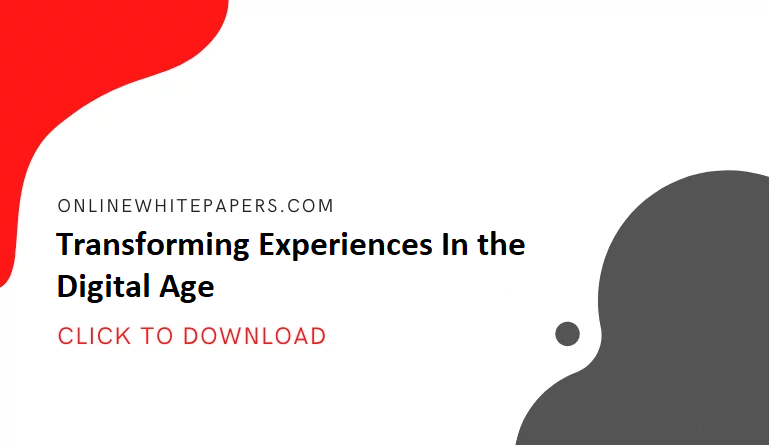Mastering attention in the digital age is a challenge we all face, a constant grappling for focus amidst a sea of notifications, updates, and buzzing distractions. But while this has become our modern reality, it doesn’t have to mean defeat. We can find ways to regain control, sharpen our focus, and use this digital landscape to our advantage. That’s the crux of what we’ll unpack in this article – actionable steps and insights into mastering attention in the digital age, making it work for us, not against us.
Why is Mastering Attention Such a Struggle Today?
The digital world presents a challenge to our natural human wiring. In 2004, the average office worker switched tasks every two and a half minutes. By 2012, it was every 75 seconds. Today, it’s a mere 45 seconds.
This is partly because, as Professor Gloria Mark’s research found, technology throws endless external distractions our way. Emails, texts, social media – the allure to constantly check in is powerful. However, we also self-sabotage. Humans are inherently motivated to self-interrupt; that nagging urge to do something else is tough to ignore.
Even when we silence notifications, knowing we *could* switch tasks is often too tempting to resist. This temptation to stay connected and the constant influx of information contribute to a shorter attention span.
The Impact of Divided Attention
This constant task-switching comes at a cost. Research has proven that when we divide our attention, each task takes longer and we’re more error-prone. This “switch cost” means even a brief interruption requires time to regain focus on the original task.
Worse, studies using heart-rate and blood-pressure monitors show that these interruptions spike stress levels each time they occur. The demands of the attention economy, where our attention is constantly sought after, further exacerbate these challenges.
As media multitaskers, we may struggle to filter out irrelevant information, leading to cognitive overload. Our limited attention capacity makes it crucial to develop strategies for managing the digital environment effectively.
Strategies for Reclaiming Your Focus
Mastering attention in the digital age isn’t about swearing off technology – it’s about using it intentionally. That starts with awareness of your patterns. By understanding how attention works, we can better navigate the digital space and maintain our focus.
Understanding Your Distractions:
When you feel pulled away from a task, stop and ask yourself: Why am I reaching for my phone/email/etc. right now? Uncovering the root (boredom, procrastination, habit) lets you course-correct.
Visualize your future self later that day: will indulging this distraction cause stress (rushing a deadline, working late) because your present self gave in? This “forethought” technique boosts accountability.
Recognize that tech companies often exploit cognitive biases, such as social validation and our desire for rewards, to capture attention. Being aware of these tactics can empower you to resist their influence.
Structuring Your Environment for Success:
Mindfully curating our physical and digital workspaces is essential for minimizing distractions. This looks different for everyone, but here are a few strategies to consider:
- Physical Space Optimization: Designate a clutter-free workspace. Ensure you have proper lighting and comfortable seating to minimize physical discomforts that can break your concentration.
- Digital Decluttering: Organize your computer’s desktop, close unnecessary tabs, and silence irrelevant notifications. Use app blockers or website blockers if needed to prevent access to distracting sites during work hours. Consider minimizing your exposure to target advertising suggestions and social network recommendation algorithms, as they can contribute to information overload and distract you from your goals.
- Timeboxing: Allocate specific times for different tasks, including time for checking emails and social media. By setting boundaries, you prevent these activities from bleeding into your focused work periods. Experiment with different productivity techniques, such as the Pomodoro Technique, where you work in focused 25-minute intervals followed by short breaks.
Leveraging Technology for Enhanced Focus
Ironically, some tools can help minimize tech’s negative impact and help you regain control of your attention.
Mindfulness Apps:
Apps like Headspace or Calm teach meditation and focus techniques, strengthening cognitive muscle against distraction. Consistent use has a cumulative effect over time.
Focus-Enhancing Tools:
Consider using tools like Freedom or StayFocusd to temporarily block distracting websites and apps, removing the temptation completely during dedicated work sessions. Noise-canceling headphones or calming background music (instrumental, nature sounds) can also block out auditory distractions, creating a more conducive environment for sustained attention.
The Importance of Mindful Breaks
You’ve learned the cost of unintentional breaks. However, proactive, planned breaks are essential. Professor Mark emphasizes this, advocating for “mindful breaks” where the activity itself is engaging but simple: knitting, gardening, easy puzzles, etc.
Rote Attention:
These “rote attention” activities lower stress. Research shows they actually enhance creative thinking afterward. The brain remains lightly engaged while letting other thoughts wander, like Maya Angelou using crossword puzzles during breaks from her “big mind” writing time. Setting time limits prevents overdoing it.
Engaging in activities that require rote attention can also help restore balance and prevent burnout. These activities allow your prefrontal cortex, the part of the brain responsible for executive functions like attention and decision-making, to rest and recharge.
Frequently Asked Questions about Mastering Attention in the Digital Age
Q. What is the first step to reclaiming your attention?
A. Begin by simply noticing when you feel distracted. Pinpointing what pulls you away from a task helps you create counter-strategies.
Q. Is it even possible to focus deeply with constant technology around?
A. It’s challenging but achievable. View it not as avoiding technology completely but as being the one in control of when and how you engage with it. Proactive choices are key.
Final Thought
Mastering attention in the digital age is a journey of self-awareness, mindful technology use, and consciously designing an environment for success. But perhaps most surprisingly, it requires unplugging regularly. As counterintuitive as it seems in our hyperconnected world, the greatest tool for mastering digital attention may just be carving out time offline to be.
Mastering attention in the digital age requires intentional action, but the rewards – in productivity, reduced stress, and richer experiences – make it an incredibly worthy pursuit. By understanding how our brains respond to the digital environment, we can develop strategies to reclaim our focus and thrive in the digital era.








